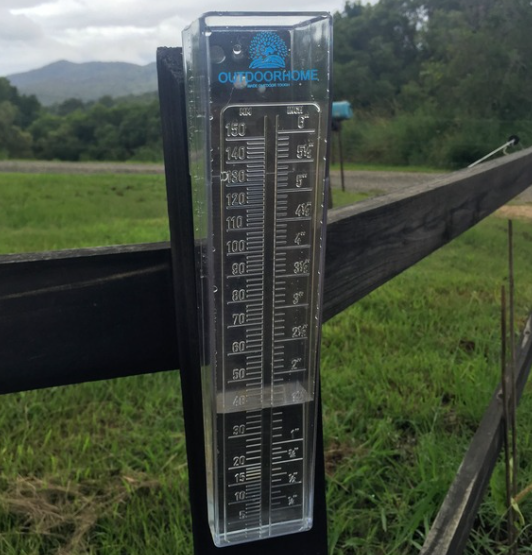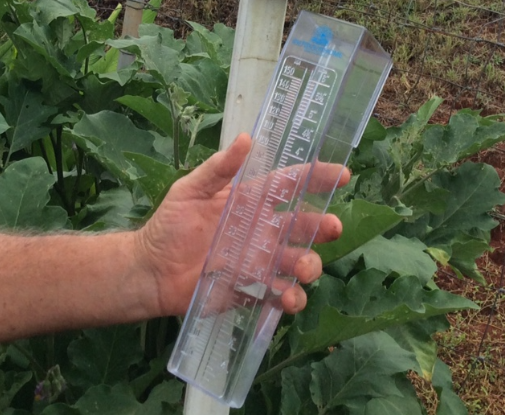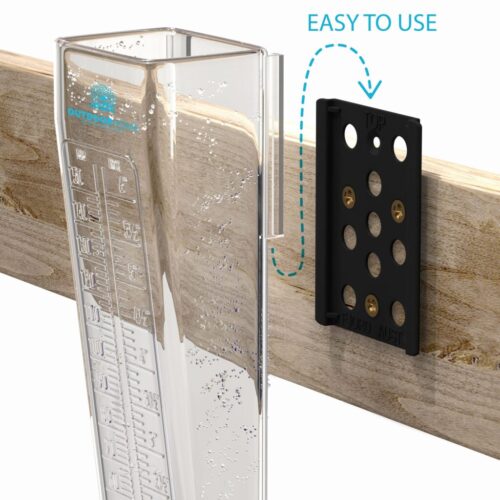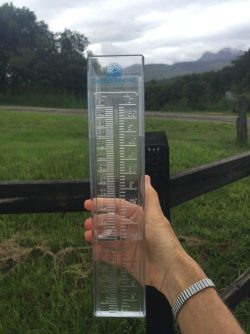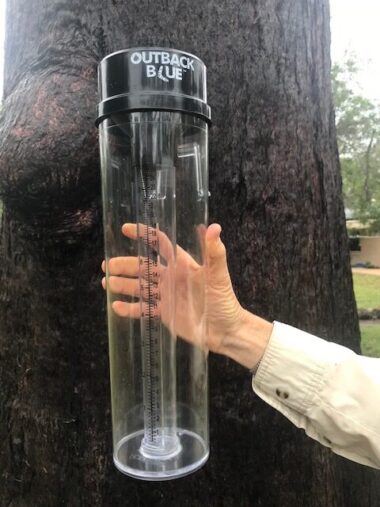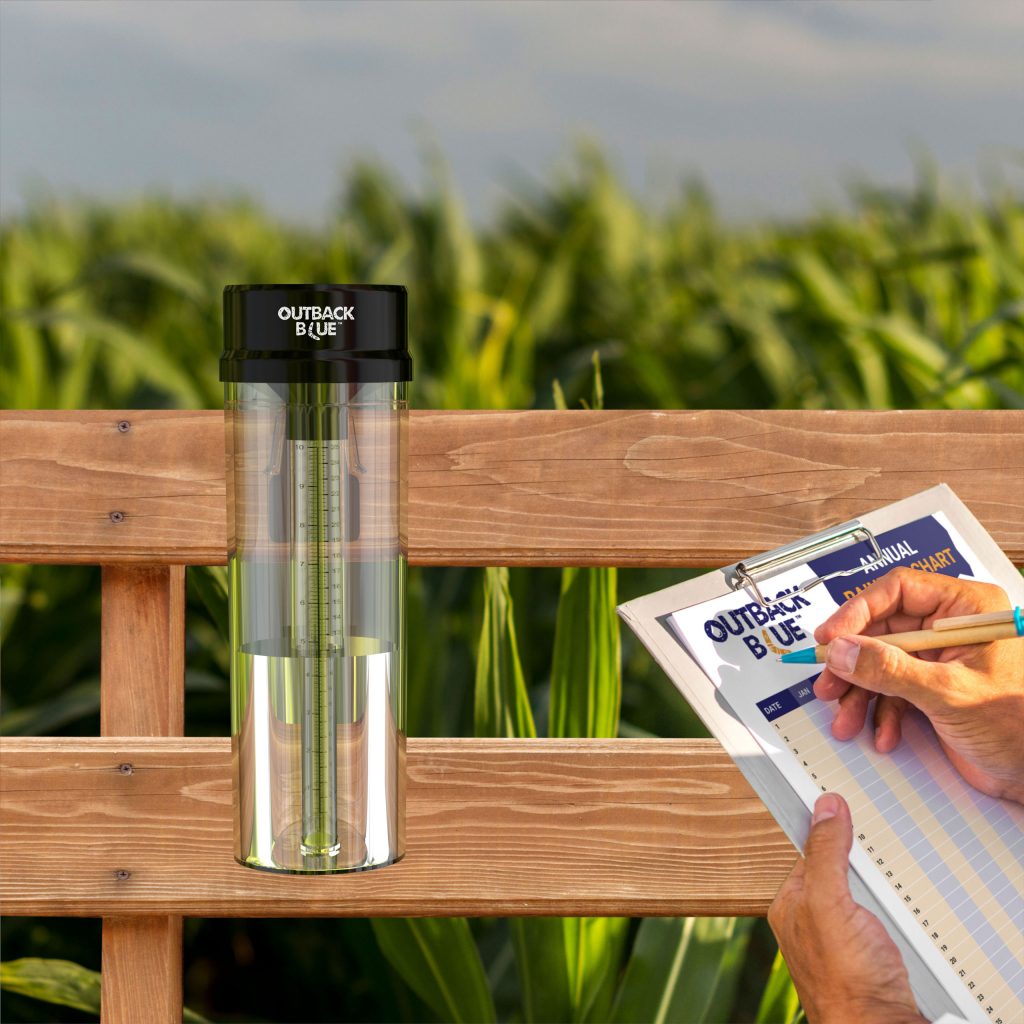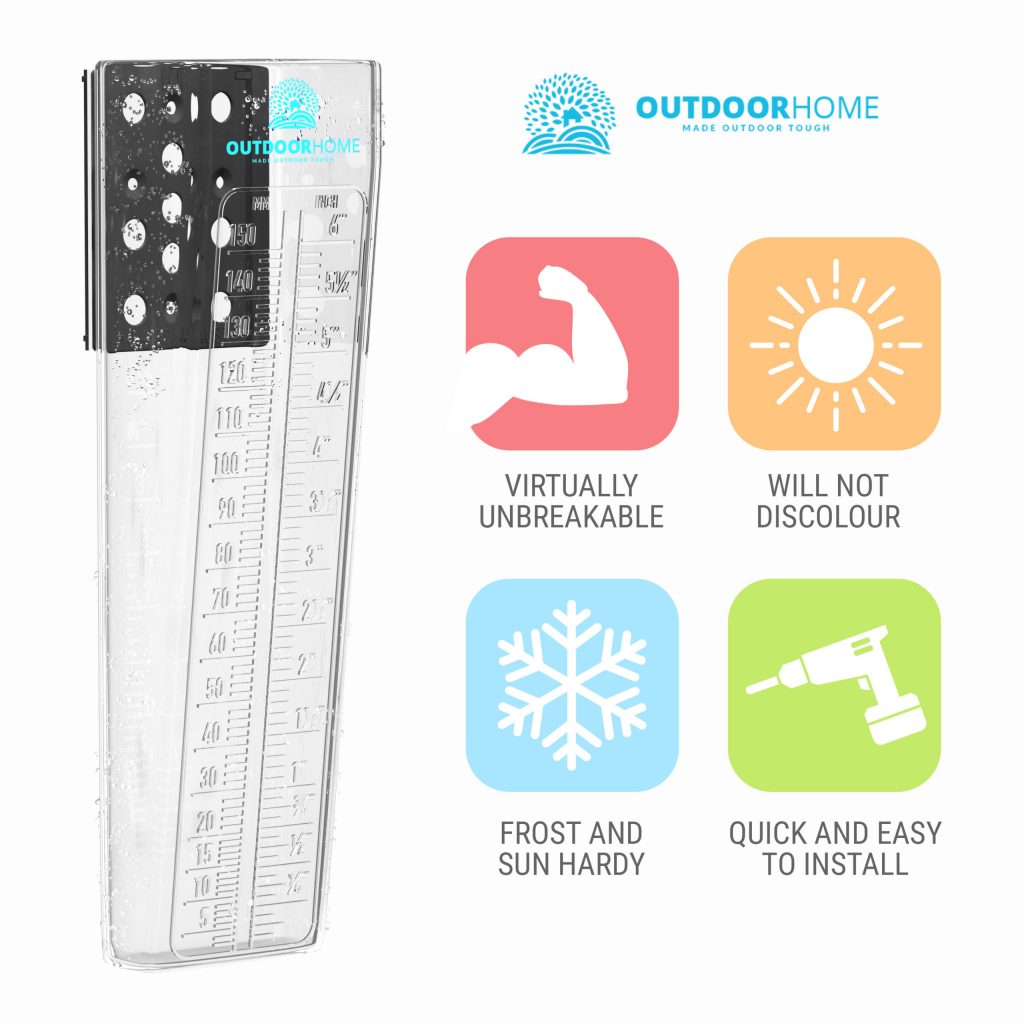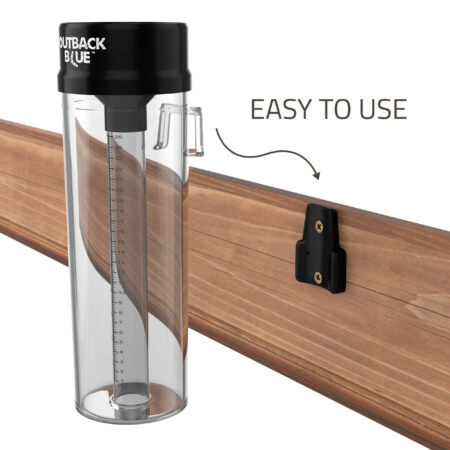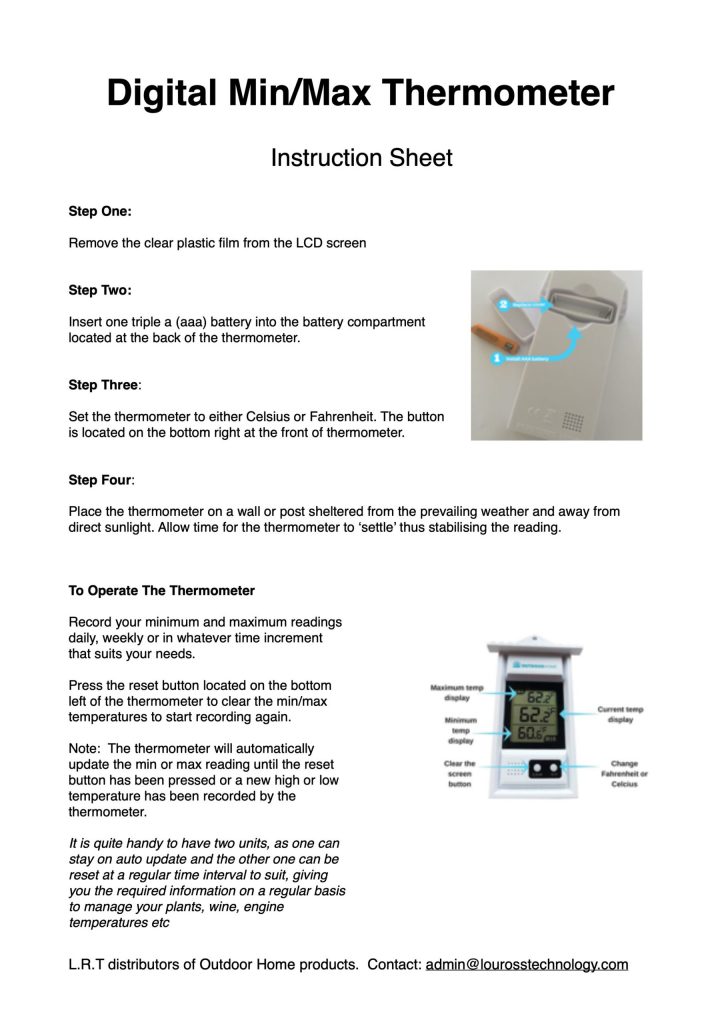Want to make sure your garden is getting enough water in preparation for summer? Check out LouRoss Technology's flapship rain gauges: Outdoor Home Garden Rain Gauge and Outback Blue Large Rain Gauge. It's the perfect tool for precise rainfall measurement, making it easier for you to keep your garden well-watered and fruitful.
Track Every Drop with the Outdoor Home Garden Rain Gauge
If you’re an avid gardener or a farmer, you know how crucial it is to accurately monitor rainfall to keep your plants and crops healthy and productive. LouRoss Technology have your solution - the Outdoor Home Garden Rain Gauge or Outback Blue Large Rain Gauge. These handy devices are designed to make water management for your garden or lawn easier and more precise, so you can take better care of your property with fewer hassles.
Get more details about the nifty Outdoor Home Rain Gauge product here.
Dual Measurement for Greater Precision
The Outdoor Home Garden Rain Gauge and the Outback Large Blue Rain Gauge has a dual-scale measurement system that offers a 150-mm (6-inch) capacity or 280-mm (11-inch) capacity, and features both metric and Imperial scales. This feature lets you track and record rainfall with incredible precision. Whether you prefer metric or Imperial units, you’ll get accurate readings every time. It’s perfect for managing water levels on your property, so your garden or farmland receives just the right amount of moisture.
Built To Last Through All Kinds of Weather
You'll appreciate both rain gauge’s high level of durability, too. Made from high-quality polycarbonate plastic, the gauge is built to withstand the elements. It’s also resistant to cracking, yellowing, and clouding, even after prolonged exposure to sun, rain, or frost.
This robust construction means you can rely on your rain gauge for many years, no matter what weather conditions it faces. No more flimsy, faulty gauges - accurate measurements over the long term are now yours.
User-Friendly Design for Hassle-Free Tracking
Simplicity is key with the Outdoor Home Garden Rain Gauge. It doesn’t require any complicated calibration or electronic setup. Thanks to its manual, wireless design, all you have to do is check the collected rain against the scale, record your measurements, and empty the gauge. It’s easy to use and maintain, making it a great choice for busy gardeners and property owners who want straightforward, reliable tracking.
Quick And Easy Installation
For even greater convenience, the Outdoor Home Garden Rain Gauge and Outback Blue Large Rain Gauge comes with a mounting bracket and screws, so you can attach it quickly to a deck or fence post. This flexibility in placement lets you position the gauge wherever it’s most convenient for your needs. Once you've installed it, you can start using it right away to monitor rainfall and take better care of your plants and garden.
The Company Behind Your Device
LouRoss Technology Pty Ltd has been dedicated to crafting high-quality products for over 20 years. Based in Teddington, Queensland, Australia, this family-owned business focuses on creating user-friendly solutions backed by rigorous testing on their own farm. Their Outdoor Home Garden Rain Gauge has received an impressive 4.6-star rating from satisfied customers on Amazon.
Hear from a Satisfied Customer
One happy user said, 'My rain gauge is very easy to read, and the raised plastic for each increment is very helpful. It was easy to mount – just screw in the support plate and slide the gauge onto it. If you’re looking for a medium gauge to mount on an established post, you won’t be disappointed.'
LouRoss Technology's Outdoor Home Garden Rain Gauge combines superior precision, durability, and user-friendliness, making it an essential tool for any gardener or property owner. Its dual-scale system, sturdy construction, and easy installation make it a valuable addition to your property management toolkit.
Ready to take your rain tracking up a notch? Learn more about the Outdoor Home Garden Rain Gauge and see how it can benefit your property care by visiting this link.
Alternatively for a larger collection capacity and weather bureau style rain gauge look no further than the Outback Blue Rain Gauge by visiting this link


